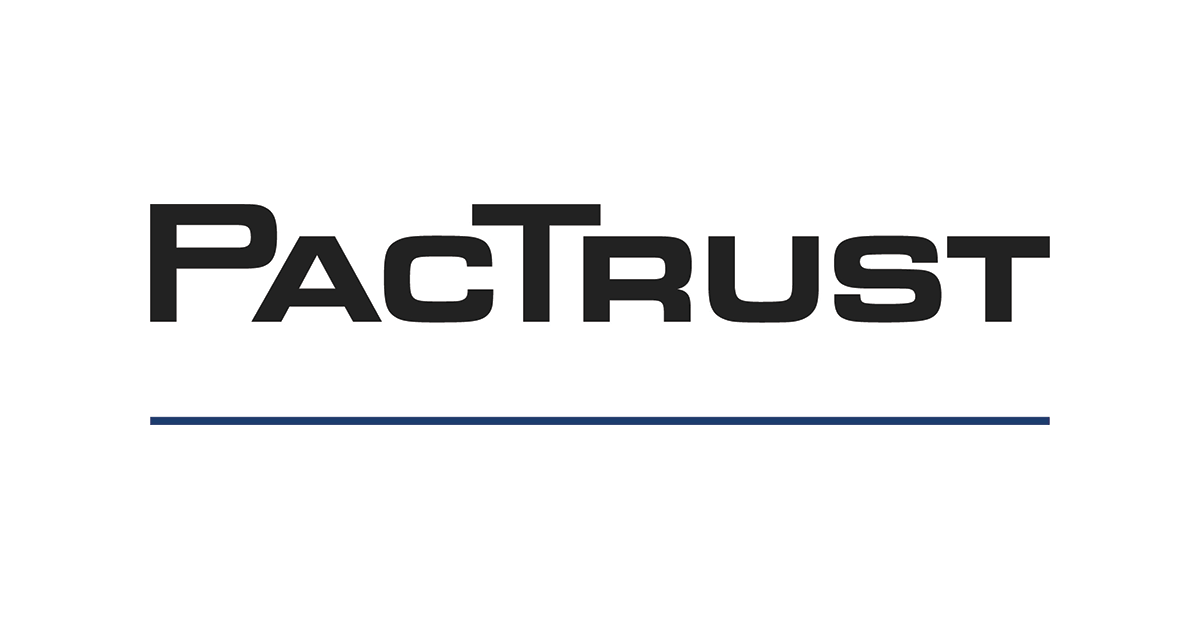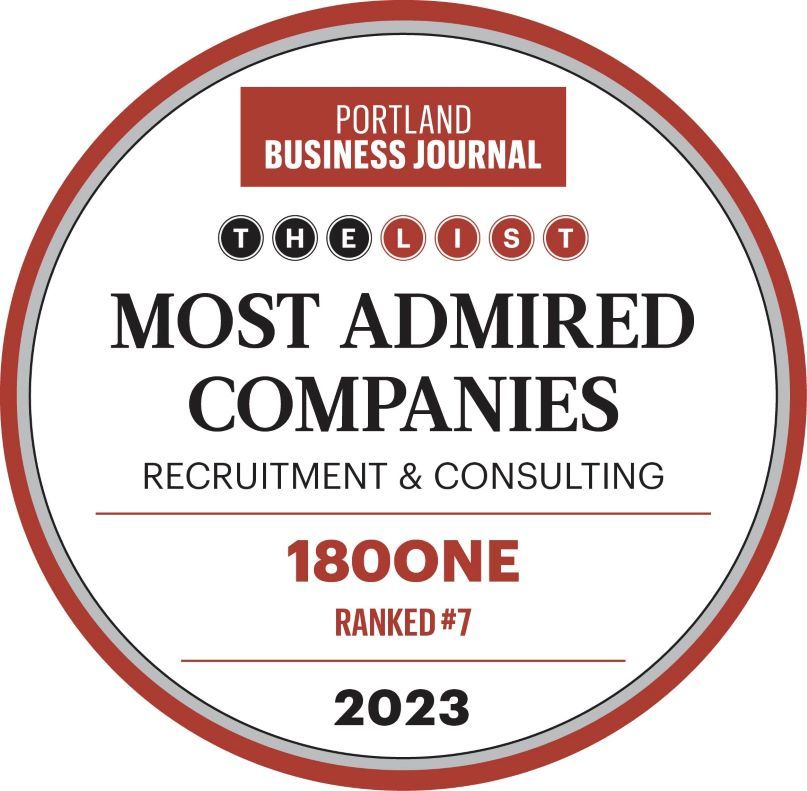The 7 Wonders on How to Retain Your Best Talent
In today’s hyper-competitive business environment, retaining top talent has become one of the most pressing challenges for organizations of all sizes. According to recent data, 76% of private company executives consider talent retention a key to remaining competitive, and for good reason. The cost of replacing an employee can reach up to two times their annual salary, not to mention the loss of institutional knowledge, customer relationships, and team morale that often follows.
Yet despite leaders recognizing its importance, 51% of employees are actively looking for or open to a new opportunity. This means that roughly half of your workforce could walk out the door at any time if they find a better offer, stronger culture, or more growth potential. In such a landscape, retention isn’t just an HR function; it’s a strategic imperative.
Below, we explore the key drivers of employee retention and how companies can build a culture that keeps their best people engaged, loyal, and thriving.
1. Build a Culture of Recognition and Trust
People don’t just work for paychecks—they work for appreciation. Studies show that 71% of employees would be less likely to leave if they were recognized more frequently. Recognition goes far beyond annual awards or performance reviews; it’s about cultivating a daily culture of appreciation. When employees feel that their contributions are valued, they’re more motivated, more loyal, and more invested in the company’s success.
But recognition must be genuine and consistent. It can take many forms: a manager’s public praise in a meeting, a peer-to-peer “thank you” program, or even a personalized message from leadership. Recognition reinforces belonging, and belonging drives engagement.
However, appreciation alone isn’t enough if leaders fail to act on employee feedback. When organizations solicit feedback but do nothing with it, it creates frustration and mistrust. Employees start to believe leadership doesn’t listen, which erodes morale. Transparency about what’s being done with feedback, whether changes are implemented or not, is essential to maintaining trust and retention.
2. Strengthen Leadership and Management Quality
It’s often said that people don’t quit jobs, they quit managers. The data support this: seven out of ten workers who quit their jobs do so because of a bad manager. Poor management can take many forms, micromanagement, lack of communication, inconsistent expectations, or insufficient support. Whatever the cause, bad management destroys engagement faster than almost any other factor.
To retain your best talent, invest in developing your leaders. Provide training on emotional intelligence, communication, and conflict resolution. Encourage managers to hold regular one-on-ones that focus on coaching rather than just task management. Good leaders inspire people to stay and grow; bad ones drive them away.
Organizations that prioritize leadership development send a clear message: we care about your experience here, not just your output.
3. Make Onboarding an Experience, not a Process
The employee experience starts on day one. A strong onboarding program sets the tone for engagement, connection, and retention. Research shows that 69% of employees are more likely to stay for at least three years after a great onboarding experience. That’s a powerful return on investment for something many companies still treat as a checklist exercise.
Effective onboarding goes beyond paperwork and orientation. It integrates new hires into the company culture, connects them with mentors, and helps them understand how their role contributes to the organization’s mission. The first 90 days are critical; employees decide whether they see a long-term future with the company based largely on this period.
Investing in structured, meaningful onboarding experiences pays dividends in loyalty, productivity, and morale.
4. Offer Continuous Learning and Career Growth
In an era of rapid technological change, professional development is not just a perk; it’s a necessity. 94% of employees say they would stay longer if they had more learning opportunities. That statistic should grab every executive’s attention. Employees want to grow, evolve, and feel like they are moving forward in their careers.
Creating a culture of continuous learning means offering access to courses, mentorship programs, cross-departmental projects, and leadership pathways. It also means making learning accessible through digital platforms, lunch-and-learns, or sponsorships for certifications.
Career stagnation is one of the biggest drivers of turnover. When employees see no path upward, they start looking outward. Companies that invest in developing their people not only improve retention but also future-proof their workforce for tomorrow’s challenges.
5. Align Compensation with Value
While culture, recognition, and growth matter deeply, compensation remains a critical factor. Fifty-six percent of employees say compensation is a top reason they would consider leaving. Fair pay isn’t just about keeping up with competitors; it’s about showing employees they are valued.
This doesn’t always mean being the highest-paying employer in your market, but it does mean being competitive and transparent. Regular salary benchmarking, performance-based bonuses, and clear communication about pay structures build trust and loyalty.
Additionally, benefits play a huge role. Health insurance, retirement contributions, flexible work arrangements, and mental health resources are all part of the total compensation package employees evaluate when deciding whether to stay.
6. Foster a Sense of Purpose and Belonging
Employees today are looking for more than just a job; they’re looking for meaning. They want to know if their work has purpose and that their company stands for something beyond profit. This is especially true for younger generations entering the workforce.
Creating purpose means connecting daily tasks to the broader mission and impact of the organization. When employees understand how their work contributes to something bigger, whether it’s serving customers, improving communities, or driving innovation, they’re more likely to stay committed and engaged.
Belonging also plays a major role. Inclusive cultures where diverse voices are valued foster higher engagement and retention. Employees should feel they can bring their authentic selves to work without fear of judgment or exclusion.
7. Use Data to Drive Retention Strategy
Retention isn’t a guessing game; it’s measurable. Use employee engagement surveys, turnover data, and stay interviews to understand why people stay and why they leave. Look for patterns by department, manager, or tenure.
Once you identify the drivers of turnover, act quickly. Whether it’s improving communication, adjusting workloads, or rethinking career paths, data-driven decisions allow you to focus resources where they’ll have the greatest impact.
Remember: what gets measured gets improved.
Retaining top talent isn’t just an HR initiative - it’s a company-wide commitment. From executives to front-line managers, every leader has a role to play in creating an environment where people feel valued, supported, and inspired to stay.
In the end, companies that treat employees as their most valuable asset - and act accordingly- will not only retain their best talent but also attract more of it. In a world where skilled workers have more choices than ever, the organizations that win will be those that make people want to stay.






